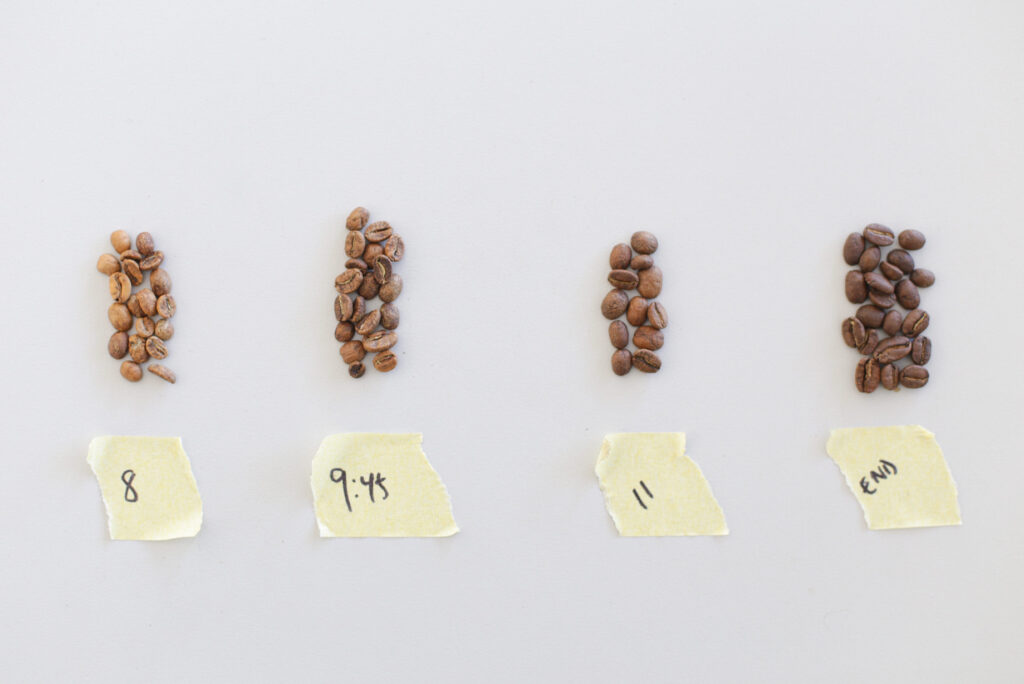Last Blog we spoke about the Why and How of Cupping. And here we will speak about understanding your Cupping notes and how to interpret them to improve your roasting. Below is a list of the main elements you will come across and some basic pointers.

Key Qualities
- Body – Length of roast and development is a large contributor. Slower (longer) roasts will often have bigger bodies and Faster (shorter) rights will often have lighter bodies. Coffees that have been developed longer after First Crack will also have bigger bodies.
- Acidity – In one sense the counter to Body. Faster and lighter roasts will often have more acidity because as body increases Acidity reduces and is roasted out.
- Sweetness – Sugars are developed during the Maillard Phase (Roughly between when beans start yellowing and First Crack). Lengthening this phase will help develop more sweetness. After First Crack, Sugars start caramelising. So with development sugars start bright then start to move towards chocolates/caramels, then on to dark chocolate/molasses (around Second Crack) and then finally into bitterness once coffee starts carbonising (while a bit simplistic but you get the rough idea).
Defects
- Savoury/Grassy/Sour – Usually a lack of development. Increase heat at the start of the roast and/or increase the time of roast after First Crack.
- Paper/Cardboard – Usually from a flattening or sharp drop in the Rate of Rise. Make sure you start with a nice high heat and continually lower heat as the roast progresses.
- Smokey – Can be due to a lack of airflow especially around First Crack. If you are able to, increase the airflow. Increasing your Drum Speed can also help.
- Bitter/Acrid/Burnt – Overroasted. Roast with less time after First Crack.
If you’re a bit unsure what you’re tasting it’s always helpful getting other people involved to taste your coffee and give you feedback. Practice will also help you get more familiar and comfortable with picking up what’s in your roast.
This list is by no means exhaustive but will give a good foundation of the main issues you’ll come across. As always, please feel free to reach out if you have any further questions.
